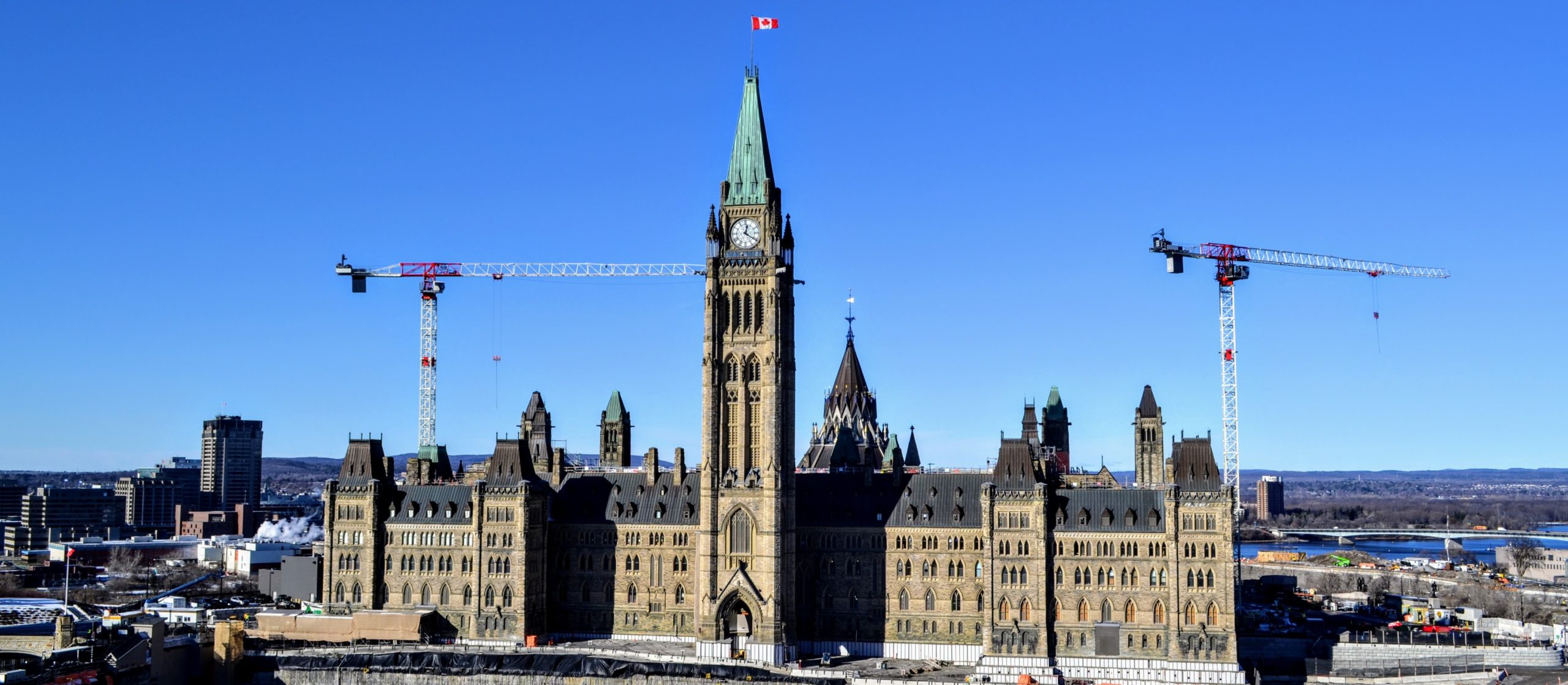Canada’s four national heritage conservation non-profit organizations – the National Trust for Canada, ICOMOS Canada, the Canadian Association of Heritage Professionals and the Indigenous Heritage Circle – assessed the 2022 budget against recommendations in four areas: Housing, Buildings and Green Retrofits, Skills Development and Training, Indigenous Heritage, and Support to Culturally Significant Places.
Recently there has been a series of incentives by both provincial and federal governments to facilitate the creation of new, affordable housing. Unfortunately, there aren’t the same incentives to increase the rehabilitation of existing and heritage buildings, a proven measure that would help meet Canada’s economic and climate goals. Action is needed to correct bias in the federal tax system that promotes the needless demolition of existing and heritage buildings, the extraction of resources and the large carbon footprint associated with new construction.
Key recommendations from the heritage sector include:
- Encouraging building reuse to address climate change by integrating energy/carbon measurement tools into federal programs and systems, and introducing tax benefits and grants for building reuse and heritage-led development;
- Strengthening the essential leadership capacity to advance cultural heritage priorities that are of importance to Indigenous Peoples by providing designated funding to the Indigenous Heritage Circle, an Indigenous-led national non-profit heritage organization;
- Building capacity for tradespeople working with existing and heritage buildings by providing funding for jobs and education in Heritage Conservation; and,
- Providing financial support for National Historic Sites and other places of historical significance to ensure their recovery and reopening post-pandemic.
Federal investment in the reuse and retrofit of existing and heritage buildings is essential in implementing Canada’s Climate Action Plan and for satisfying the range of international heritage and climate conventions. The construction and operation of buildings is widely understood to be the world’s largest single source of energy use and emissions. These factors can be greatly reduced by reusing buildings in situ, as it saves on substantial amounts of carbon emissions and the buildings themselves act as carbon sinks. Furthermore, this approach avoids the impact of resource extraction on natural heritage and Indigenous cultural landscapes. Alternatively, studies have determined that it takes up to 80 years for a new “green” building to overcome the carbon impacts of its construction.
In summary, investments in heritage places are a concrete way for the federal government to demonstrate its commitment towards reconciliation initiatives, climate change action, job creation and post pandemic economic recovery programs.
To read more on the heritage sector recommendations in the Pre-Budget Consultation submission: Written Submission for Pre-Budget Consultations


